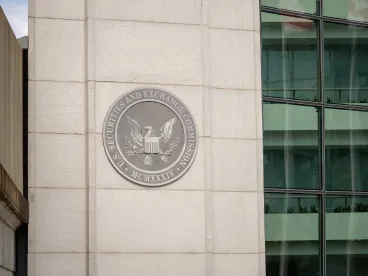In an open letter to Secretary of the Treasury Janet Yellen and IRS Commissioner Daniel Werfel, congressional leaders identified several technical errors in the SECURE 2.0 Act that they intend to correct. Those include fixes to new rules regarding:
Catch-up contributions: The act requires catch-up contributions made by certain high-wage earners making more than $145,000 to be made on a Roth basis beginning in 2024. But it also includes language that could be read to eliminate all existing and future catch-up contributions. The letter clarifies that Congress did not intend to do so.
Required minimum distributions (RMDs): The act increases the age at which RMD payments must begin from age 72 to age 73 (and eventually to age 75). The letter clarifies that Congress intended to increase the RMD age to 73 for participants who turn 73 after December 31, 2022, and to 75 for participants who turn 73 after December 31, 2032. The language in the act previously raised questions about whether the change in the RMD age from 73 to 75 would only apply to those who turn 74 (rather than 73) in 2032. But the letter makes it clear that such an interpretation is inconsistent with congressional intent.
Start-up credits: The act increases the start-up tax credit for small employers from 50% to 100% of the costs of starting a retirement plan, with a maximum credit of $5,000. The act also provides a tax credit for matching contributions made under such a plan, up to $1,000 per employee. The act could be read such that the $5,000 limit would apply to the matching contribution credit as well, meaning that it would be limited to $1,000 per employee, up to $5,000. However, the letter clarifies that was not the intent.
SIMPLE IRAs and SEPs: The act permits SIMPLE IRAs plans and SEP plans to include a Roth IRA. The act could be read to require that Roth contributions to such plans be included when determining if an individual exceeds the Roth IRA contribution limit. However, the letter clarifies that Congress did not intend for Roth contributions to SIMPLE IRA or SEP plans to be included in determining the Roth IRA contribution limit.
Although the letter indicates that Congress intends to correct these technical errors and ambiguities in the legislation—rather than relying on the US Department of the Treasury to issue conforming regulations—the letter does not address the timetable for doing so. In addition, the letter does not address potential extended deadlines for complying with certain changes or clarify other issues that are the focus of many employer questions. However, the letter does note that the technical corrections bill may include items not addressed in the letter. In addition, industry groups are pushing for priority guidance, transition relief and delayed effective dates to provide employers sufficient time to work with their recordkeepers and payroll providers to implement this change.




 />i
/>i
